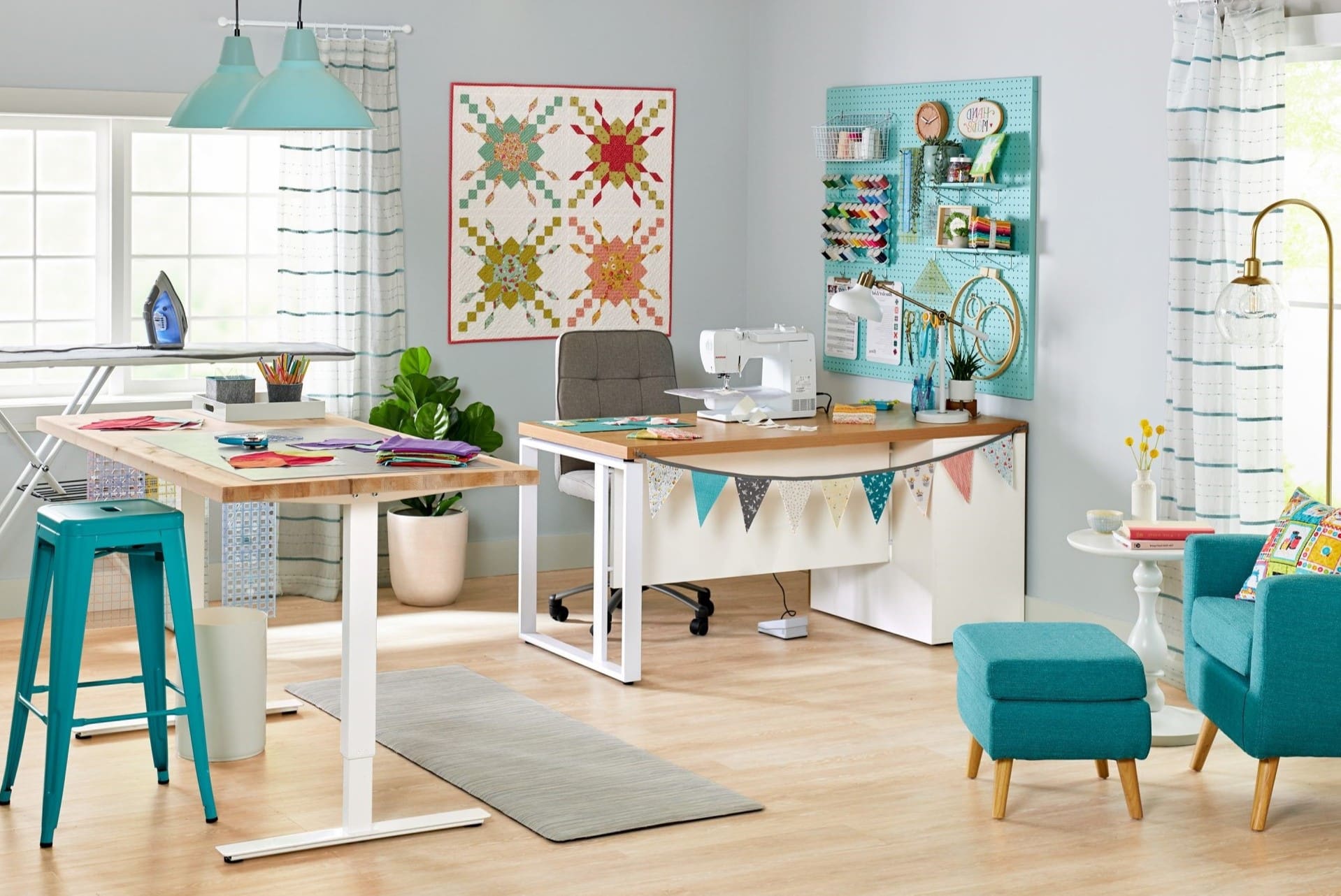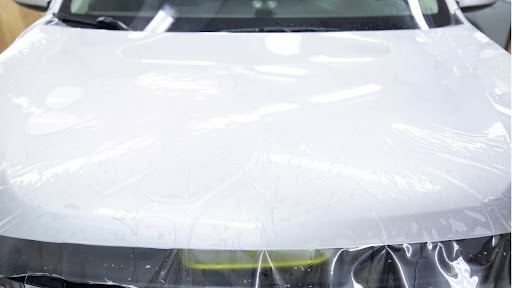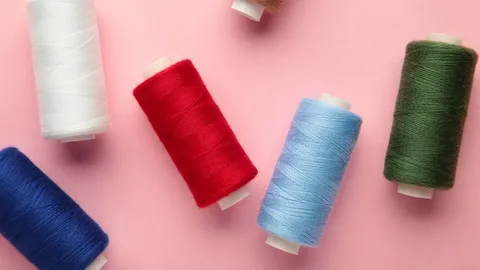Zero-Waste Sewing Rooms: Lean Methods that Start with the Right Thread Package
Fabric scraps on the floor, dusty cones in bins, half‑full bobbins lost under tables.
A small mess grows big cost.
A sewing room that throws nothing away feels like a dream, but it can happen—if the very first thing you choose is the right recycled sewing thread (like recycled polyester thread) package.
The thread may look tiny, yet it maps the whole flow.
Pick smart, and lean magic follows from the cone shelf to the shipping truck.
1. Why does waste hide inside the wrong spool
One cone too heavy for a small run forces workers to wind bobbins, then snip meters off that never meet the needle.
Colour mix jobs? Wrong label causes cone swap errors, leading to seam rip and re‑sew.
Cones without a return plan travel one way to the landfill.
So, zero‑waste lesson number one: fight mess at the source—pick a package that beats waste before it begins.
2. Five lean thread options
| Package | Best for | Waste saver idea |
| Mini‑King 1 000 m | Sample room & fast‑fashion drops | Finishes job just right, no long tail on shelf |
| Dye‑to‑Order cone | Colour cap – 100 units | Exact shade, exact grams, skips lab dip reject |
| Pre‑wound bobbin | High‑speed lockstitch | Bobbin tension set, zero cut tails, less downtime |
| Returnable barrel | Denim production lines | 20 kg drum, empties ship back, no plastic core trash |
| Stackable Eco‑cube | E‑commerce brand with many SKUs | The cardboard cube becomes shipping filler after use |
Small choice list, big impact.
3. Set up “Thread Kanban”
Lean loves just‑in‑time.
Create a two‑bin system on each machine.
The front bin has one cone working.
The back bin holds one spare.
When the front is empty, flip the card to green, bring a new pair from the store.
No mountain of cones by needle, no run‑out panic.
You see the floor again.
Sentence long now: store clerk counts colour cards every morning, prints refill list, and picks only what the board shows, meaning inventory stays slim but never dry.
4. Colour coding beats confusion
Wrap tiny tape of the same colour around the cone top.
Blue tape = size Tex 24, yellow tape = Tex 40.
Operators look, grab, and do not measure.
Mix‑up falls to near zero.
Less wrong seam = less unpick waste.
Also, put a QR code sticker.
The scan shows leftover meters, and the date arrived.
FIFO becomes a game.
5. Trim the cone leftover to zero
The end piece on the cone is often tossed.
Instead, move the partial cone to the cover‑stitch heads—they eat thread fast.
Or wind leftover into hand‑sew spools for finishing the table.
Write “LAST MILE” on the cone with a marker.
The new trainee will know how to use it first.
6. Rewind, don’t rewind badly
Loose bobbin tails make bird‑nest waste.
Use an automatic bobbin winder with a stop sensor.
Robot fills bobbin, cuts clean.
No double-layer tension errors.
Scrap thread pile drops 50 % in an audit done by a jeans factory last year.
True story told by plant lead; grammar may be off, but success is clear.
7. Cone return loop
Some suppliers take back empty plastic cores, wash, and refill.
Sign the swap contract.
Delivery truck brings new cones, same truck grabs empties.
Zero landfill, zero new plastic bill.
Track returns on a simple tally sheet: 10 in / 10 out.
The worker is proud to punch numbers.
8. Think spill‑proof box
Many rooms cut shrink wrap, cones tumble, dust sticks, minutes lost.
Choose a supplier who ships thread in a reusable flip lid tote.
Totes stack tall, protect colour, no knife slice.
When empty, the tote folds flat—rides back like a pancake, low carbon miles.
9. Pair the thread with the fabric roll plan
Lean means you sync.
If one jersey roll equals 500 tees, and each tee eats 4 m of thread, buying exactly 2,000 m of cone set is sweet.
Simple chart:
- Fabric kg → pieces count
- Pieces → thread meters
- Thread meters/cone length = cones needed
Print the chart near the planner desk.
Guess work gone, oversupply gone too.
10. Teach the 3‑second rule
Tell the team: “If you search cone more than three seconds, the system will fail.”
Spot root cause.
Maybe the label faded, maybe the shelf is messy.
Fix on the spot.
Lean loves small, quick fixes every day, not a giant memo once a year.
11. Audit, share, repeat
Weigh the trash bin at the end of the shift.
Note the grams of thread scrap.
Post the chart weekly at the lunch table.
The team sees a line drop, and they cheer.
Gamify with pizza when weight hits a new low.
Fun breaks the barrier; zero waste becomes culture, not a lecture.
12. Real case mini‑story
A wear plant in Ho Chi Minh switched to Mini‑King cones, colour QR, and returnable barrels.
Thread waste fell from 3.8 % to 0.9 % in six months.
Saved 120 kg of plastic a year.
The boss bought a new fan for the sewing hall with money saved.
Workers felt the breeze—visible win from invisible threads.
Final stitch
Zero‑waste sewing room does not start at the cutting table.
It starts with a tiny spool choice.
Pick a package sized to the job, label clearly, loop back, and balance flow.
Lean rules follow easily after that.
Less scrap, less stock, less fuss—more profit, more planet love.
One cone at a time, you can turn a mess field into a tidy dance floor.







